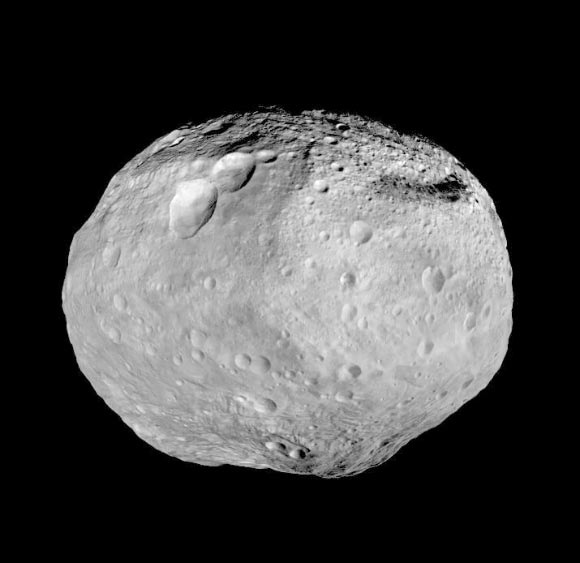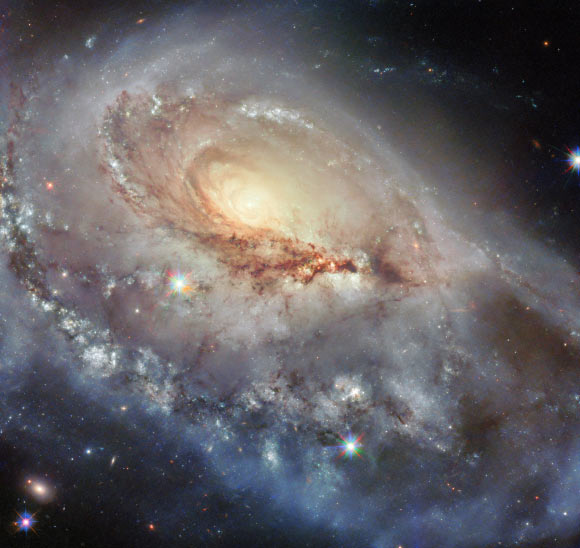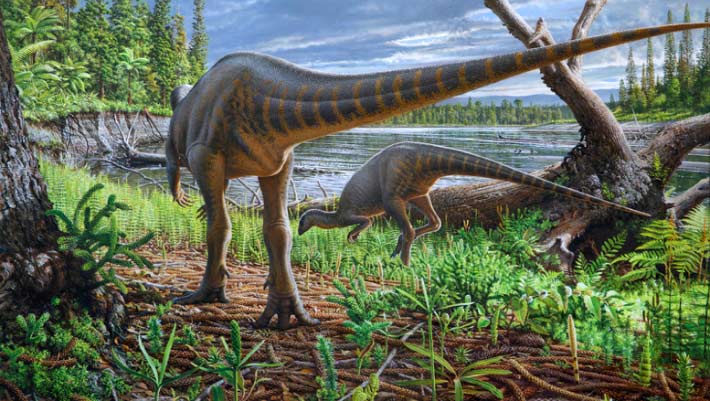Now Reading: Study Reveals Vesta May Lack Metallic Core
-
01
Study Reveals Vesta May Lack Metallic Core
Study Reveals Vesta May Lack Metallic Core

Quick Summary
- NASA’s Dawn spacecraft studied Vesta, the Solar System’s second-largest asteroid, from July 2011 to September 2012.
- Vesta has an ellipsoidal shape with dimensions of approximately 286 x 279 x 223 km and is visible to the unaided eye.
- Research indicates that Vesta may not have undergone full planetary differentiation into distinct layers like a metallic core, silicate mantle, and basaltic crust.
- two hypotheses were proposed:
– Incomplete differentiation during its formation process.
– A fragmented remnant of a growing planet in the early Solar System.
- Scientists refined calibration methods for gravity data from Dawn to measure Vesta’s rotation and internal structure. Observations challenge previous assumptions about its history and composition.
- Findings suggest unique geological processes shaped Vesta,including interrupted differentiation and late-stage collisions impacting its behavior.
- Researchers aim for further study of meteorites from Vesta to validate these theories or create new models.
Indian Opinion Analysis
The findings on asteroid Vesta highlight a significant scientific advancement in understanding planetary formation within our Solar System.These insights contribute not only to solving long-standing questions about differentiated celestial bodies but also open new directions for future space exploration missions which could be valuable scientific investments. For India-a nation increasingly expanding capabilities in planetary science-such revelations strengthen opportunities for collaborative research with agencies like NASA or independent missions exploring asteroids’ geological composition. By advancing calibration techniques and deep-space imaging methodologies as demonstrated by this study, institutions like ISRO (Indian Space Research Organisation) could utilize similar approaches toward enhancing precision in India’s own exploratory pursuits. This research reinforces the increasing interconnectedness between global space programs to decode processes shaping our cosmos.

























